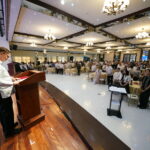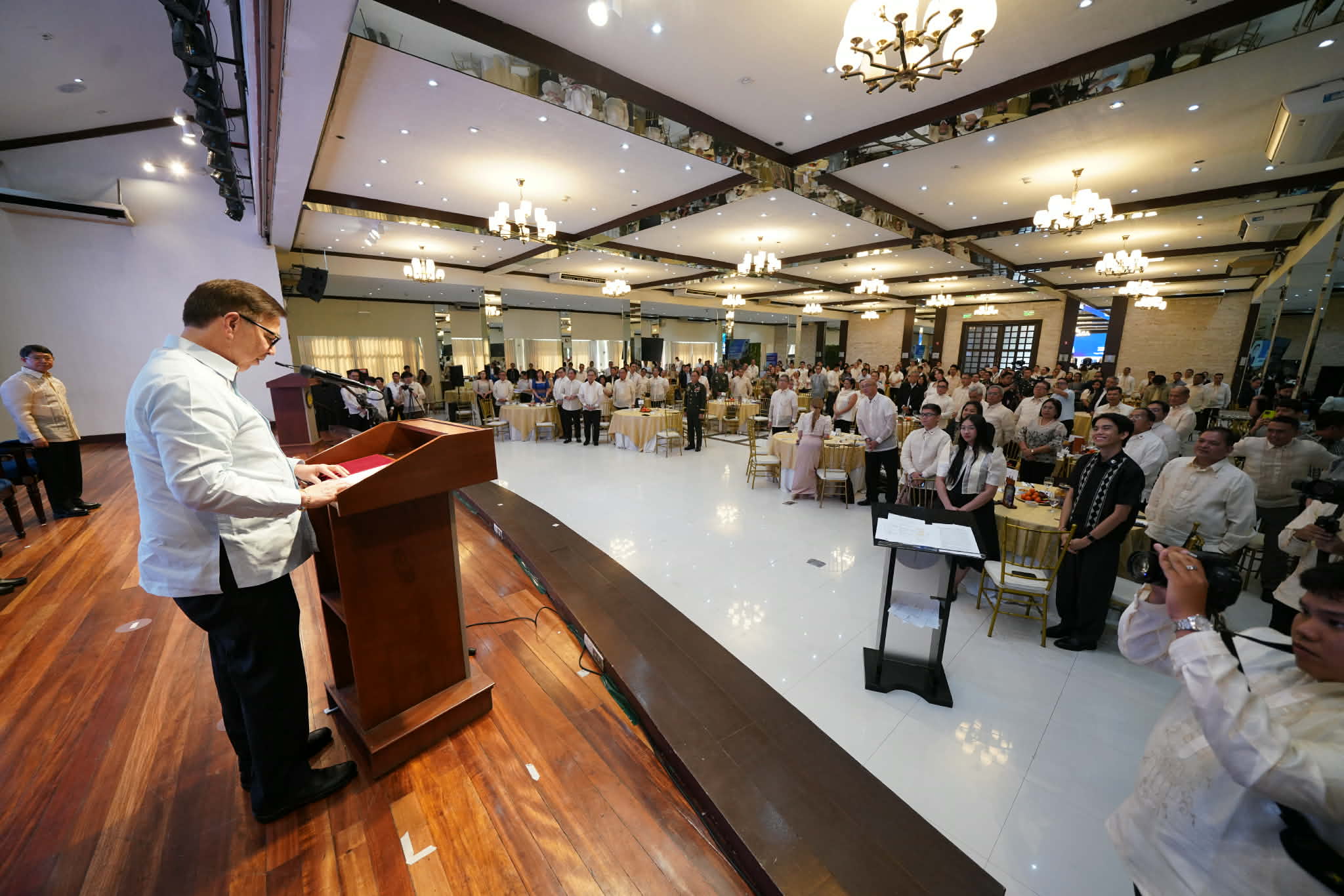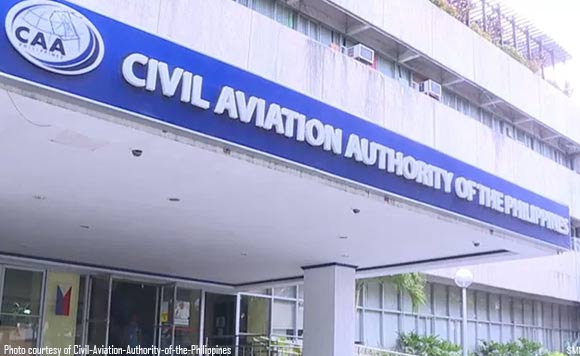TOURISTS AT THE BEACH. Thousands of tourists flock to Boracay Island in Malay, Aklan during the Holy Week. Malay chief tourism operations officer Felix G. delos Santos Jr., in an interview on Monday (April 1, 2024), said they are ready for the influx of tourists this April and May. (Photo courtesy of Flickr)
ILOILO CITY – The Malay local government has activated its municipal incident management team to monitor tourist arrivals in Boracay Island this summer.
“In terms of preparation, we consider our peace and order and security, medical and emergency preparedness, as well as our solid waste management. So far, we are in place already,” Malay chief tourism operations officer Felix delos Santos Jr. said on Monday.
Delos Santos said that for this summer, among the big events they are preparing are Love Boracay and a series of international events, sports tourism, and beach activities that are expected to usher more tourists to the island.
Love Boracay is the biggest and most highly anticipated annual party season on the island, emphasizing environmental conservation through a series of activities from April 26 to May 1.
In the last week of April, there are two international events –the beach volleyball and dragon boat competitions.
While they have no target number of arrivals, delos Santos said based on the pre-pandemic data, it could reach a total of 200,000 during the summer months of April to May.
“We consider that as the super peak,” he said.
Meanwhile, during the Holy Week, the tourism office recorded 56,134 tourist arrivals, the highest on Maundy Thursday with 13,898. This was a bit lower compared with last year’s 62,241 arrivals, of which over 16,000 was during Maundy Thursday.
While lower than last year, delos Santos said the arrivals were highest compared with the pre-pandemic period, especially in 2019.
“Today, the PNP (Philippine National Police) declared that we are generally peaceful and have zero incidents. So thank you for coming to Boracay, but this is also an invitation for them to come back,” he added.
After the pandemic, around 70 percent of the arrivals are domestic, and 30 percent are foreign tourists, delos Santos said. (PNA)












